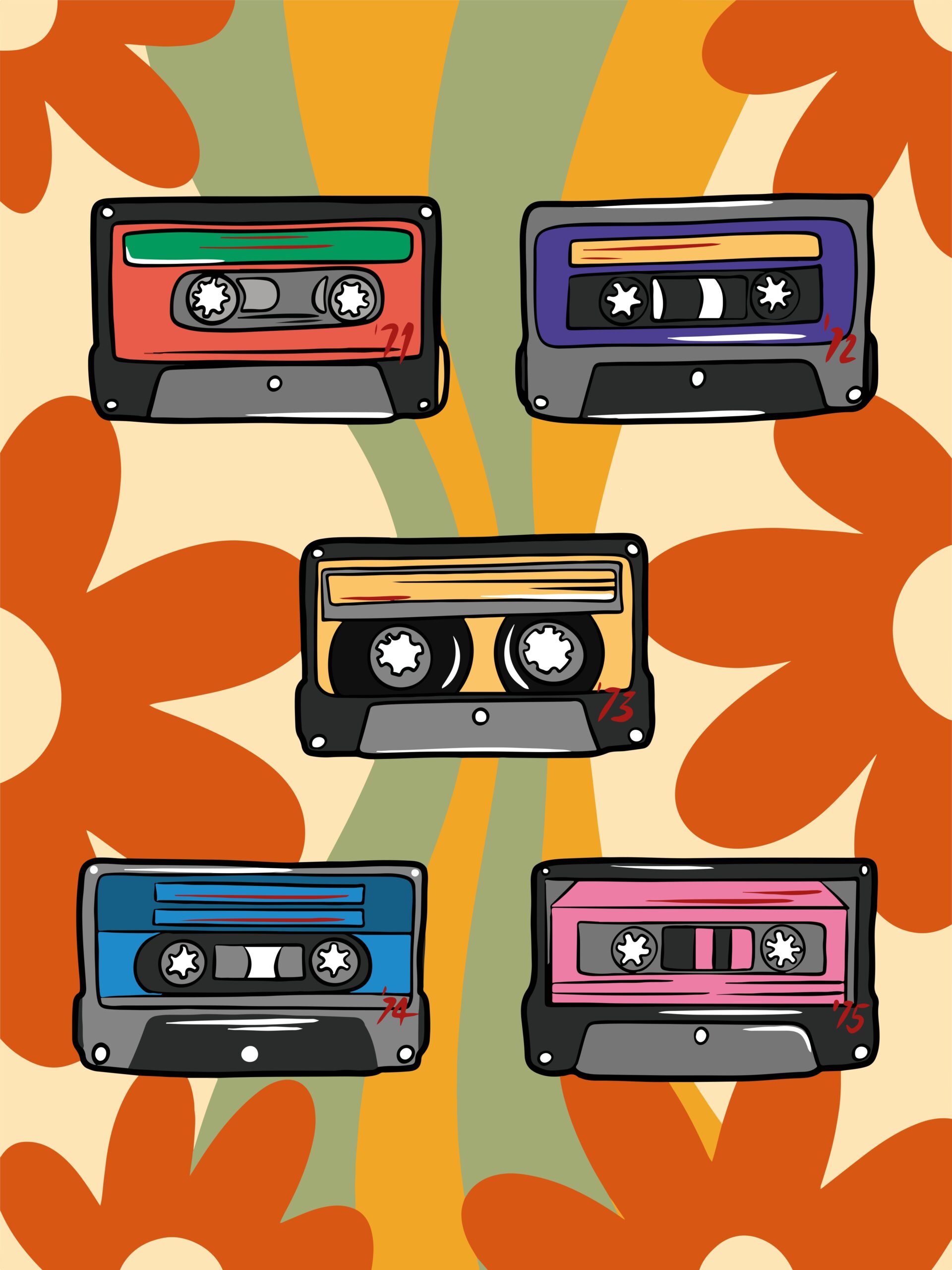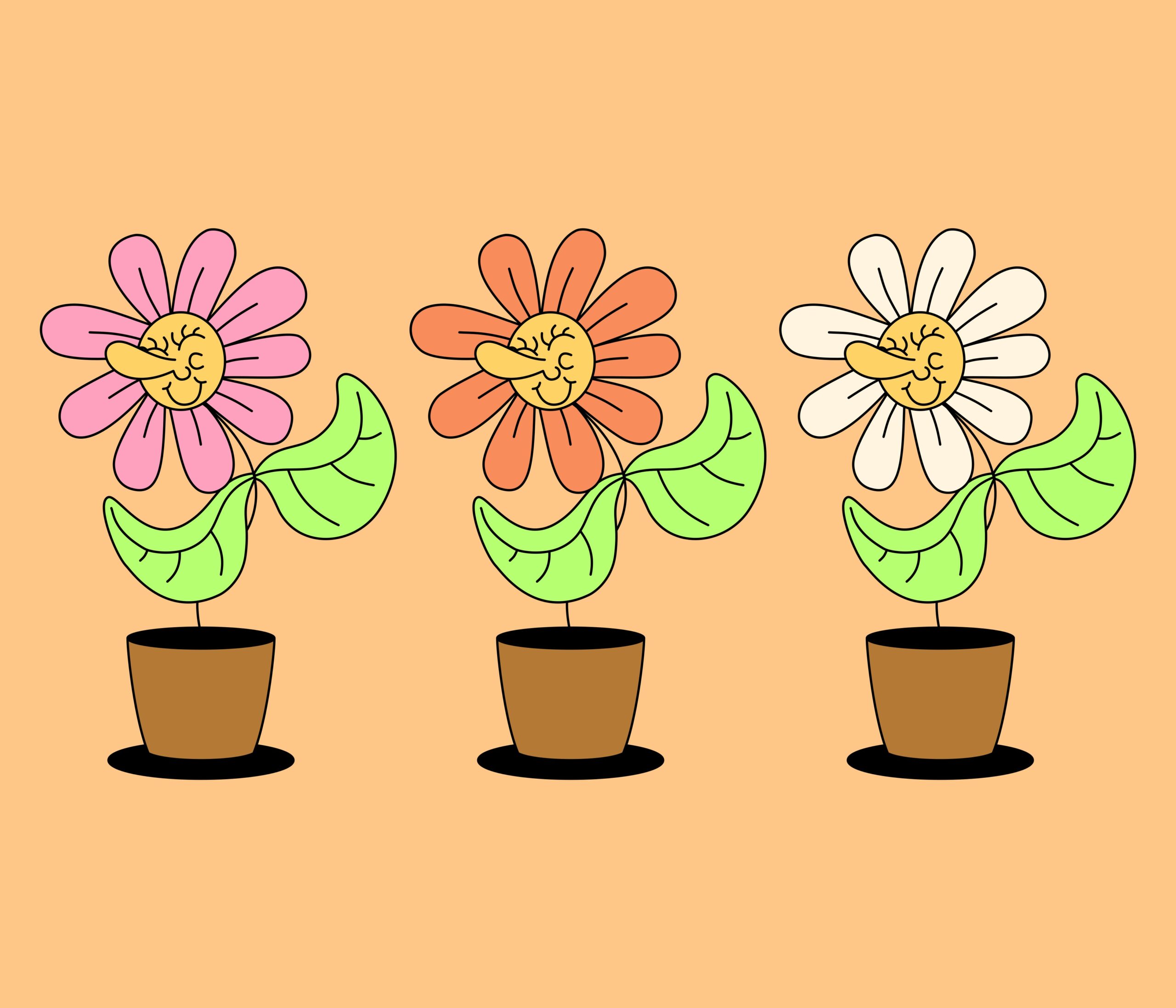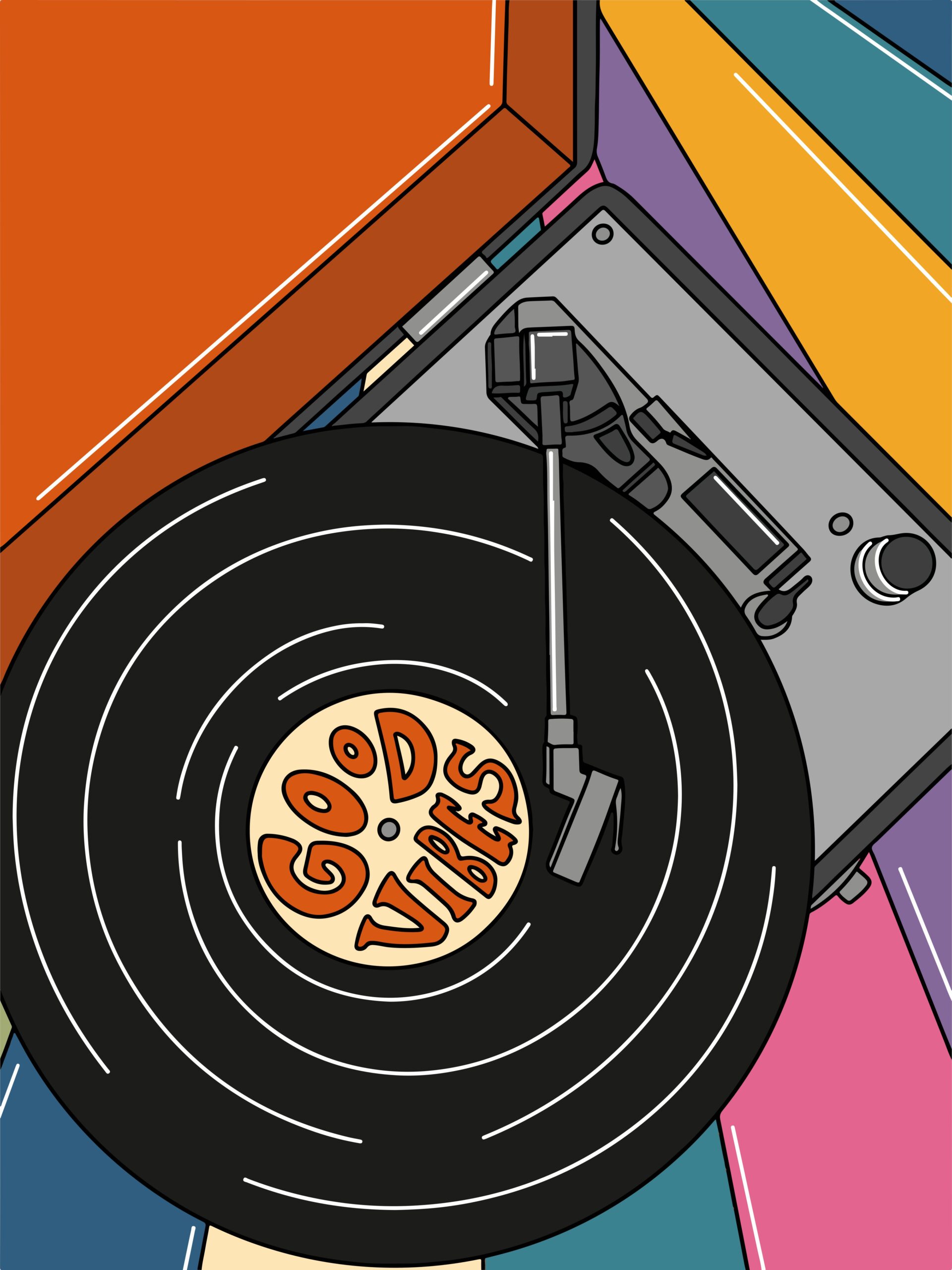There are several methods to enhance the stereo feeling of beats. The aim of these techniques is to give your music a wider sense of space when played through headphones or stereo speakers. Below are some techniques:
(more…)Tag: Beatmaking Tips
-
I’ve been experiencing audio dropouts while making music in Ableton Live. Why could this be happening?

There could be several reasons for audio dropouts in Ableton Live:
(more…) -
Choosing Drum Samples in Beatmaking: Comparing Drum Libraries, Vinyl Samples, and Drum Breaks

Selecting drum sounds is a crucial element in music production. Understanding the characteristics of each type can lead to more effective beat creation.
Drum Libraries (Drum Kits)
Advantages:
- Diversity: Obtain various types of drum sounds in one package
- Consistency: Sounds within the same kit are harmonious with each other
- Customizability: Ability to adjust each part individually
- Ease of use: Often integrated into DAWs, making operation simple
- Tuning: Usually pre-tuned and ready for immediate use
Disadvantages:
- Memory consumption: Large libraries can consume computer resources
- Excessive options: Too many choices may hinder creativity
- Lack of uniqueness: Many producers may use the same libraries
- Uniformity in tuning: Pre-tuned nature may require additional work to create unique tones
Vinyl Drum Samples
Advantages:
- Unique tones: Obtain analog-specific warmth and distortion
- Authentic atmosphere: Suitable for recreating older music genres
- Creative possibilities: Utilize techniques like sampling and chopping
- Tuning diversity: May include tuning from various eras and musical styles
Disadvantages:
- Limited sound quality: May lack clarity compared to digital recordings
- Difficulty in processing: Editing can be challenging depending on the original recording condition
- Copyright issues: Attention to rights is necessary when using
- Tuning uncertainty: Original recording’s tuning may be unclear or unstable
Drum Breaks
Advantages:
- Instant atmosphere: Ready-to-use rhythmic patterns with groove
- Historical value: Incorporate the appeal of famous songs by using their breaks
- Layering possibilities: Create unique sounds by combining with other elements
- Natural tuning: Expect natural tuning as they are taken from actual performances
Disadvantages:
- Lack of originality: Using as-is may result in a lack of uniqueness
- Legal risks: Using uncleared samples may cause issues
- Limited flexibility: Possibility of being constrained by existing patterns
- Fixed tuning: Changing the tuning of the original recording can be difficult
Summary
From a tuning perspective, drum libraries are generally easy to use and ready for immediate use, but may require additional work to achieve uniqueness.
Vinyl drum samples may include diverse tuning, but this can also lead to uncertainty.
Drum breaks can be expected to have natural tuning, but changing it might be challenging.
Understanding these characteristics and making appropriate choices or combinations based on the requirements of the music can lead to more effective and appealing beat creation.
-
The Allure of Ghost Kicks: The Hidden Star of Hip-Hop Beats

In the world of hip-hop beatmaking, there are various techniques, but today we’ll focus on a special method called “ghost kicks.” Ghost kicks are an important element that adds depth and complexity to beats. Let’s take a closer look at their meaning and how to use them.
What are Ghost Kicks?
Ghost kicks refer to additional kick drums placed between the main kick drums, with reduced volume. They are typically set at a lower volume than the main kicks and serve to add subtle movement and tension to the beat.
Effects of Ghost Kicks
- Enhances rhythmic complexity
- Increases the beat’s dynamism
- Adds musical depth
- Strengthens groove
How to Create Ghost Kicks
- Proper placement: Place ghost kicks between main kicks, typically on 16th or 32nd note timings.
- Volume adjustment: Generally, set the volume of ghost kicks to about 30-50% of the main kick.
- Sound selection: Use the same sound as the main kick or choose a lighter sound for different effects.
- EQ adjustment: Slightly reducing the low frequencies can help avoid interference with the main kick.
- Pattern experimentation: Try various placement patterns to find the groove that fits the song.
Points to Note
- Be careful not to overuse: Ghost kicks are most effective when used sparingly.
- Balance with main kicks: Be careful not to disrupt the overall mix balance.
- Genre-appropriate use: Remember that usage frequency varies depending on the sub-genre of hip-hop.
Ghost kicks are an excellent tool for elevating your beat-making skills to the next level. Keep practicing and create your own unique sound.
-
Music Frequency Bands: A Cake Analogy

Think of music frequencies as a delicious cake:
Foundation Layer: Low Frequencies (20Hz – 250Hz)
- Key Players: Bass, kick drum
- Role: Forms the rhythm and harmony foundation
- Tip: Balance to avoid muddiness
Middle Layer: Mid-Frequencies (250Hz – 2kHz)
- Key Players: Vocals, guitar, piano
- Role: Core melody and harmony
- Tip: Avoid overlapping frequencies
Top Layer: High Frequencies (2kHz – 20kHz)
- Key Players: Cymbals, hi-hats
- Role: Adds clarity and brilliance
- Tip: Adjust to prevent harshness
Using Filters to Adjust Layers
- Low-pass filter: Cuts high frequencies (trims the top layer)
- High-pass filter: Cuts low frequencies (trims the bottom layer)
- Band-pass filter: Focuses on specific layers
Example:
- Rap: Use low-pass filter to emphasize mids and lows for impactful vocals.
- Chorus: Remove filter to restore brightness and energy.
Conclusion
Balancing frequency layers creates a “music cake” that resonates with listeners. Skillfully combine and adjust layers to craft your own masterpiece. Become a patissier of sound! 🎶
-
Balancing the Spatial Characteristics of Vinyl Drum Samples: Effective Use of Reverb

making, vinyl drum samples offer a unique warmth and texture. However, when combining drum parts from different records, spatial balance issues can arise.
This article explains how to effectively use reverb to solve this problem and create a cohesive drum kit.
Identifying the Problem
When combining drum parts sampled from different vinyl records, the following issues may occur:
- Spatial inconsistencies
- Differences in depth
- Mismatched stereo imaging
- Variations in reverberation time
These problems can make the entire drum kit sound unnatural, potentially reducing the quality of the composition.
Solutions Using Reverb
Proper use of reverb can effectively resolve these issues. Here are specific methods:
1. Creating a Common Space
- Apply the same reverb to all drum parts to create a shared acoustic space.
- For plugins, using convolution reverb to simulate specific spaces (e.g., studios or halls) can be effective.
2. Adjusting Depth
- Adjust the pre-delay of the reverb to align the depth of each part.
- Set shorter pre-delays for parts you want to bring forward (e.g., snare) and longer pre-delays for parts you want to push back (e.g., room mics).
3. Improving Stereo Image
- Use stereo reverb to balance left and right channels.
- Combine with panning to create a natural stereo space.
- For example, if you pan the hi-hat to the right, balance it by setting the reverb return slightly to the left.
4. Unifying Reverberation Time
- Apply reverb with the same decay time to all parts as a baseline.
- However, make fine adjustments based on the characteristics of each instrument:
- Shorter decay for low-frequency instruments like kick and snare
- Longer decay for high-frequency instruments like cymbals
Practical Techniques
Utilizing Send/Return Method
Send each drum part to a reverb send and adjust the balance. This allows for fine control over the ratio of dry to wet signals.
Using Multi-band Reverb
Apply different reverb settings for each frequency band. Set shorter decay for low frequencies and longer decay for high frequencies to achieve a more natural sound.
Combining with EQ
Remove unnecessary frequencies with EQ before applying reverb. Apply EQ after reverb as well to adjust overall sound quality.
Incorporating Modulation
Adding light modulation (vibrato or chorus) can create a richer sense of space.
Precautions
- Aim for moderate use to avoid losing clarity and power in the drums.
- Consider the context of the project, selecting reverb appropriate for the overall mood and genre of the music.
- Conduct A/B testing regularly to confirm improvements and fine-tune settings as needed.
Conclusion
Proper use of reverb is a powerful tool for transforming disparate vinyl drum samples into a cohesive drum kit. However, its use requires caution and experience. By practicing the techniques introduced in this article and through trial and error, you can create an attractive drum sound that maintains a vintage atmosphere while benefiting from modern production techniques.
Reverb is not just an effect, but a creative tool in music production. Master these techniques and explore your own unique sound.
-
How to Create Variations in Hip-Hop Beats

Let’s explore some key points on how to create variations in hip-hop beats.
Basic Structure of Song Progression
- Intro
- Verse
- Pre-chorus
- Chorus
- Bridge
- Outro
Techniques for Creating Variations
1. Layering
Gradually add instruments:
- Start with drums, then add bass, synths, and samples in order
2. Dropouts
Temporarily remove specific instruments:
- For example, remove drums before the chorus and bring them back in during the chorus
3. Filter Effects
Use low-pass filters to change the brightness of the sound:
- Gradually open the filter during the pre-chorus
4. Rhythm Changes
Alter drum patterns:
- Use a simple pattern for verses and a more complex one for choruses
5. Utilizing Effects
Use reverb and delay to change spatial perception:
- Increase reverb during the bridge to create a sense of expansiveness
6. Using Samples
Introduce new samples to create variation:
- Add an impactful vocal sample during the chorus
Conclusion
By combining these techniques, you can create dynamic and interesting variations. The key is to use them appropriately according to the mood and intention of the song. It’s also important to make adjustments while listening carefully.
-
Creating Tight and Compact Drum Sounds: 7 Techniques for Beatmakers

Today, we’ll delve into methods for creating the “compact drum sound” that many seek. By suppressing unnecessary resonance and creating a tight sound, your beats will give a more professional impression.
1. Sample Selection is Key
First, it’s crucial to choose appropriate samples. Look for dry samples with short reverb. Samples recorded with close-miking are ideal for compact sound creation as they have minimal environmental influence.
2. Smart Use of Envelopes
Utilize ADSR envelopes. Set short decay and release times, and lower the sustain level to suppress sound lingering. This alone can significantly tighten drum sounds.
3. Control Room Reverb
Overusing reverb can make the sound too expansive. If used, set extremely short pre-delay and decay times, and carefully adjust the dry/wet balance.
4. Shaping Sound with EQ
EQ processing is essential for sound design. Cut low and high frequencies, and moderately boost the mid-range (especially around 500Hz to 2kHz) to create a compact yet impactful sound.
5. Tightening Sound with Compression
Set the compressor’s attack fast and release short. Use a relatively high ratio (4:1 or higher) to narrow the dynamic range, further tightening the sound.
6. Eliminating Unwanted Sounds with Gates
Use a noise gate to completely cut unnecessary reverb and low-level sounds. This results in a clean, tight sound.
7. Enhancing Contours with Transient Design
Finally, use a transient shaper to emphasize the attack portion and suppress the sustain. This further defines the drum’s contour, enhancing the compact impression.
Conclusion
By combining these techniques, you can create compact, tight drum sounds with suppressed unnecessary resonance. However, appropriate adjustments are necessary depending on the music genre and song atmosphere. It’s important to listen to the actual sound and work towards your target sound. Try these techniques – they’re sure to add new appeal to your beats. Happy beatmaking!
-
7 Ways to Improve Flat Drums in Hip-Hop Beatmaking

In hip-hop beatmaking, drums are a crucial element that can be considered the heart of the track. However, sometimes drums can sound flat, diminishing the overall appeal of the song. Here are seven methods to improve flat-sounding drums:
1. Check the Swing
Swing is an important element that adds a human feel and dynamism to the beat.
- Generally, 16th note swing is effective, but adjustment is necessary depending on the song’s style.
- You can use the swing function in your DAW or manually adjust note positions.
- Adding swing can soften the mechanical impression and create a more natural groove.
2. Reconsider the Sequence Itself
Rethinking how you construct drum patterns can often improve a flat impression.
- Avoid monotonous patterns and add variation.
- Add ghost notes and ornamental sounds to give depth to the rhythm.
- Layering different drum sounds can also effectively increase the thickness of the sound.
3. Check Volume Levels
If the balance of each drum sound is not appropriate, it can give an overall flat impression.
- Set appropriate volumes for main sounds like kicks and snares.
- Adjust decorative sounds like hi-hats and percussion so they don’t interfere with the main sounds.
- Varying velocity can create a more natural playing feel.
4. Review Sample Selection
- Use higher quality drum samples
- Try different drum kits or sample packs
5. Utilize EQ and Compression
- Use EQ to remove unnecessary frequencies and emphasize important ones
- Adjust attack and release with compression to shape the drums
- Use parallel compression to add punch
6. Saturation and Distortion
- Add moderate distortion to give thickness and warmth to the sound
- Use plugins like tape saturation
7. Add Reverb and Delay
- Use spatial effects to give depth to the drums
- Use as send effects and adjust the dry/wet balance
By keeping these seven methods in mind when adjusting drums, you can improve the flat impression and create hip-hop beats with more groove. It’s important to always listen carefully and make fine adjustments. Also, analyzing the drum sounds of tracks you want to reference and incorporating their techniques can be effective. Happy beatmaking!
-
The Basics of Audio: Sampling Rate, Bit Depth, and Bitrate

Introduction
Audio, as the name suggests, refers to “sound.” In the digital world, sound information is stored as audio files. There are various formats for audio files, such as WAV, AIFF, FLAC, ALAC, MP3, and AAC.
Audio Basics
AD Conversion (Analog to Digital Conversion)
The process of converting and saving analog sound to digital format is called sampling or AD conversion. When converting to digital format, the analog waveform is read and replaced with 0s and 1s.
DA Conversion (Digital to Analog Conversion)
To listen to digital audio, it needs to be converted back to analog format. This process is called DA conversion. The sound you hear from speakers or headphones is the sound converted from digital to analog.
What is Sampling Rate?
Sampling rate is the number of times per second that an analog signal is converted (sampled) to digital data. The unit used is Hz (Hertz). The CD format has a sampling rate of 44.1kHz, which means it samples the audio 44,100 times per second.
What is Bit Depth?
Bit depth represents the number of levels used to reproduce the sound volume from silence to maximum volume. The CD format uses 16 bits, which means it can represent 65,536 levels of volume difference. The higher the bit depth, the more precisely the volume can be represented.
The Difference Between 16-bit and 24-bit
The difference between 16-bit and 24-bit may not be noticeable for loud music, but it can be perceived for very quiet sounds. 24-bit can represent small volume changes more precisely than 16-bit.
The Relationship Between Bit Depth and Dynamic Range
The human ear is said to have the ability to hear a dynamic range of 120dB. 16-bit can represent a dynamic range of 96dB, while 24-bit can represent 144dB. For music with drastic volume differences, such as classical music, 24-bit is more suitable.
Calculating Bitrate
Bitrate can be calculated by multiplying the sampling rate by the bit depth and the number of channels. The bitrate of a CD-format WAV file is 1411.2kbps.
The Present and Future of Audio
Currently, 96kHz/24-bit audio is popular in the DTM (Desktop Music) world. While this provides very high sound quality, it also has the disadvantage of larger file sizes. Depending on the music genre, 44.1kHz/16-bit may be sufficient.
